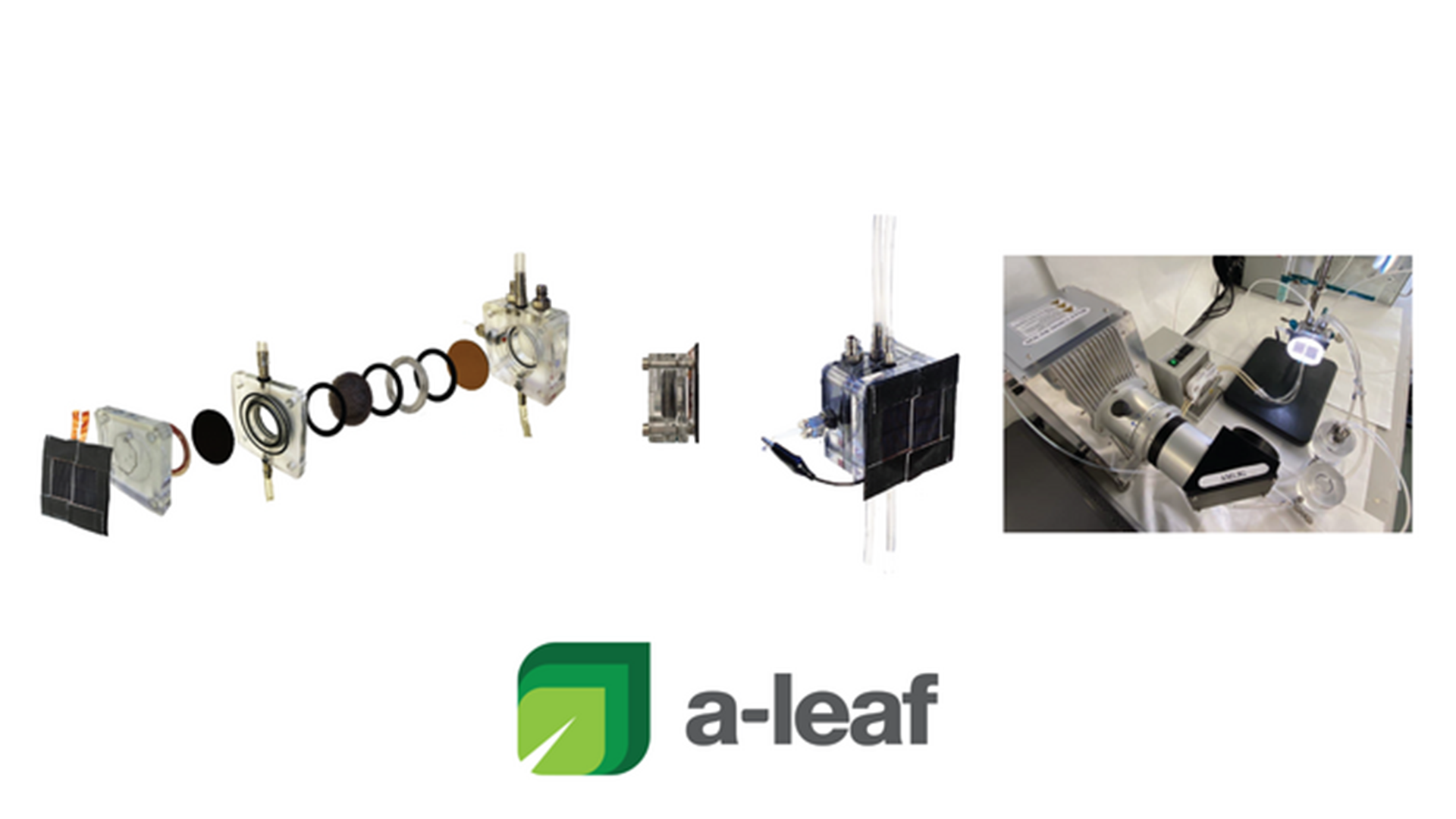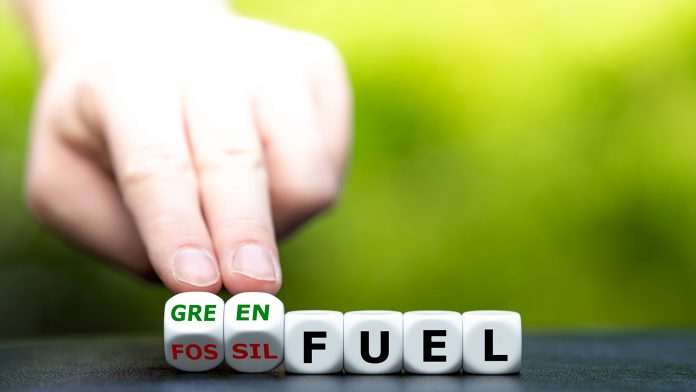The A-LEAF project – one of the largest artificial photosynthesis research programmes funded by the European Commission – has achieved world-record efficiency in converting CO2 and H2O into sustainable fuels.
Performed by an international team of researchers from institutions spanning France, Germany, Italy, Spain, and Switzerland, the A-LEAF project was one of the biggest funded by the EU Commission, receiving €8m.
The aim of the endeavour was to pioneer a functioning artificial leaf that utilises sunlight to convert abundant Earth substances into sustainable fuels. The exceptional results signify a landmark step toward future affordable and sustainable energy.
Professor José Ramón Galán-Mascarós from the Institute of Chemical Research of Catalonia (ICIQ-CERCA), who coordinated the A-LEAF project, said: “Beyond productivity numbers, our biggest success was to gather a European team of world leaders in their different research fields to work together with a common goal: to demonstrate that an artificial leaf can also work when built exclusively from affordable materials and to deliver a record performance.”
A-LEAF project accomplishes record-breaking current densities
The A-LEAF project culminated in the development of an autonomous cell that transforms CO2 and H2O into fuels using sunlight without using any critical raw materials.
The team tested the device in compact electrochemical flow cell architecture using electrodes based on Cu–S and Ni–Fe–Zn oxide supported on gas-diffusion electrodes integrated with an inexpensive Si-based photovoltaic module.
The artificial leaf works at a current density of around 17 mA cm−2 and a full-cell voltage of 2.5 V and is stable for over 24 hours and during on/off operations. The device yields formate productivity above 190 μmol h−1 cm−2.
The A-LEAF project cell accomplished a solar-to-fuel efficiency of over 10% and world-record densities. In addition, due to not employing critical raw materials, the technology can be scaled up easily due to comprising low-cost and abundant materials.

Professor Siglinda Perathoner from the Università degli Studi di Messina, explained: “This is the first example of an artificial leaf with an order of magnitude efficiency higher than a natural leaf.
“This great step would have been impossible without the very close interaction and collaboration of many research centres with multidisciplinary competencies. We are now searching to implement the next step of realising a large-scale prototype to demonstrate the industrial feasibility.”
The groundbreaking cell provides continuous hydrogen production
For the first time, the research team has demonstrated the hydrogen production and storage (formate) elements simultaneously. Formate is used to produce hydrogen without sunlight, meaning the device enables 24/7 hydrogen production – a world first.
What’s next for the project?
The next step for the A-LEAF project is to scale up and optimise the technology. The overarching goal is to develop a full artificial tree. The study demonstrates how innovative technologies will be paramount in accelerating the transition to a decarbonised world and how alternative energy sources will be instrumental.
Galán-Mascarós concluded: “A-Leaf was a truly enjoyable and challenging project, and ending up with a highly efficient prototype was the icing on the cake.”









